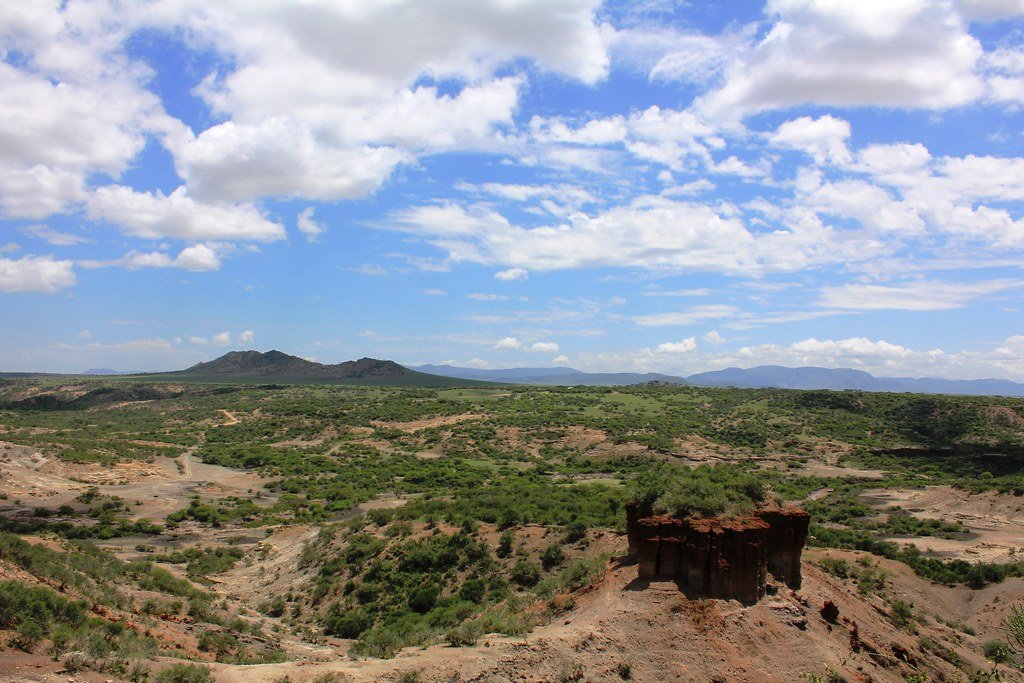Imagine stepping into a modern zoo, but instead of seeing just animals behind glass, you’re witnessing a network of scientists, veterinarians, and passionate conservationists rallying to save species teetering on the edge of extinction. For decades, zoos were seen as places of entertainment, but the truth has shifted: behind the scenes, today’s zoos have become crucial players in global conservation. The roar of a lion is no longer just background noise—it’s a symbol of hope, a testament to the resilience of nature and the determination of humans to protect it. The story of zoos is no longer about cages, but about the hidden battles being fought to preserve Earth’s wild wonders. Let’s take a journey behind the enclosures and discover the remarkable, often unseen, conservation work that’s reshaping our relationship with the natural world.
Breeding Programs: A Race Against Extinction
Within zoo walls, some of the most endangered animals on the planet are given a fighting chance to survive. Breeding programs have become a lifeline for species whose wild populations have plummeted due to habitat loss, poaching, or disease. Take the California condor, once down to just 27 individuals—zoos coordinated a careful breeding plan that has since brought the number up to over 400 birds. These programs require meticulous genetic management, with zookeepers acting as matchmakers to ensure healthy, diverse offspring. It’s not just big, charismatic animals either; tiny frogs, rare turtles, and obscure birds all benefit from these efforts. The challenge is immense, but every successful birth is a small victory against extinction. Without zoos, many species would simply vanish from the Earth.
Reintroduction: Returning Animals to the Wild
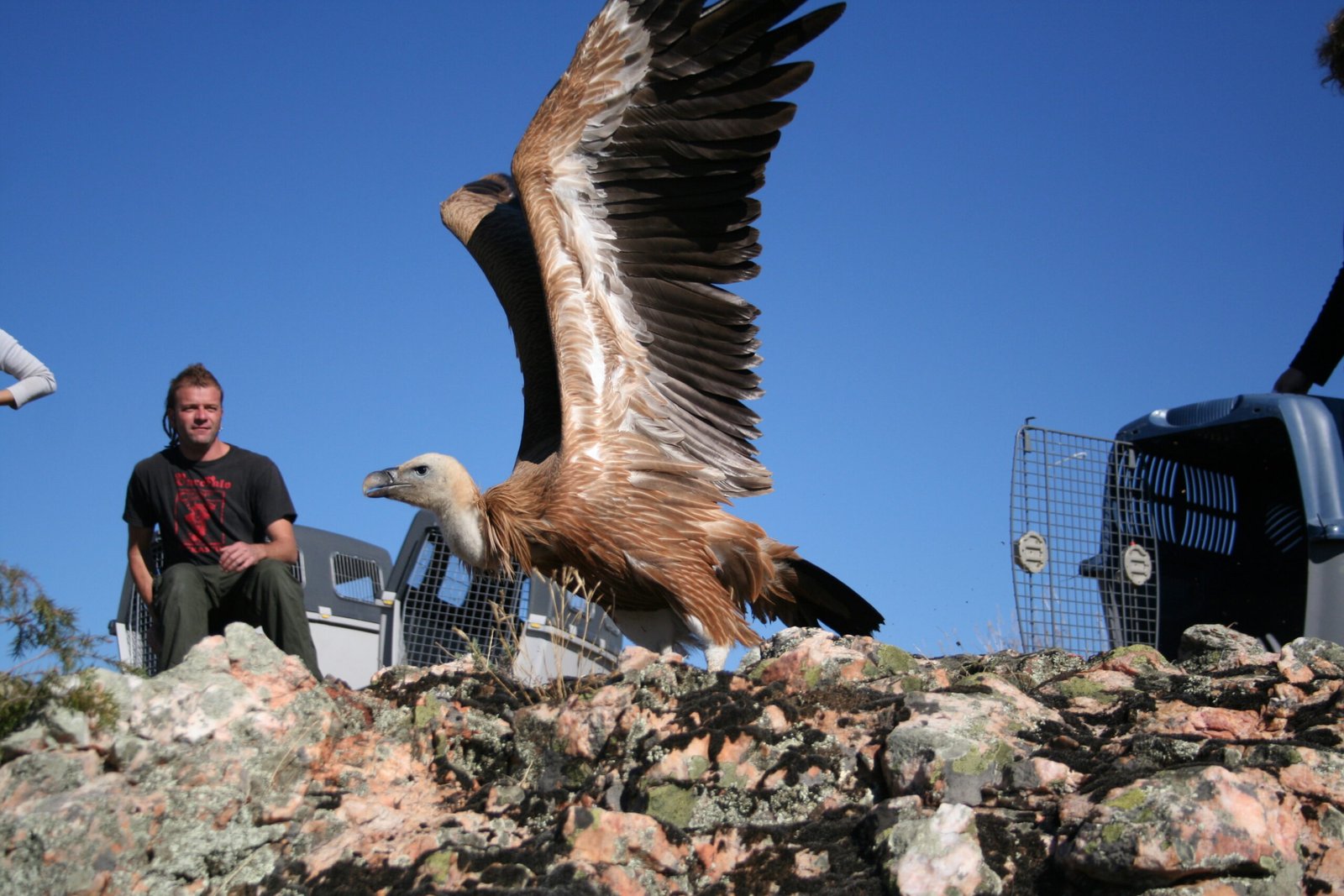
The ultimate goal for many zoos is not just to house animals, but to return them to their native habitats. This process, called reintroduction, is both thrilling and nerve-wracking. For instance, the Arabian oryx was once extinct in the wild, but coordinated zoo efforts enabled its reintroduction in the Middle East, where herds now roam free once more. These projects demand careful planning—animals must learn to survive without human help, avoid predators, and find food on their own. Zoos often work with local governments and conservation groups to select release sites and monitor the animals’ progress. Seeing a once-captive animal take its first steps into the wild is a powerful moment that inspires hope for conservation worldwide.
Genetic Rescue: Safeguarding Diversity
Genetic diversity is the key to a species’ survival, protecting populations from disease and environmental changes. Zoos have become living gene banks, keeping careful records of every animal’s lineage. When wild populations are too small or inbred, zoos can step in and introduce new genes to strengthen the group. Some institutions even participate in high-tech projects like frozen zoos, where DNA samples and embryos are preserved for future use. These scientific advances provide a safety net, ensuring that genetic diversity is not lost forever. The work is painstaking but essential, as it helps maintain the health and adaptability of rare animals both in captivity and in the wild.
Rescue and Rehabilitation: Saving Animals in Crisis
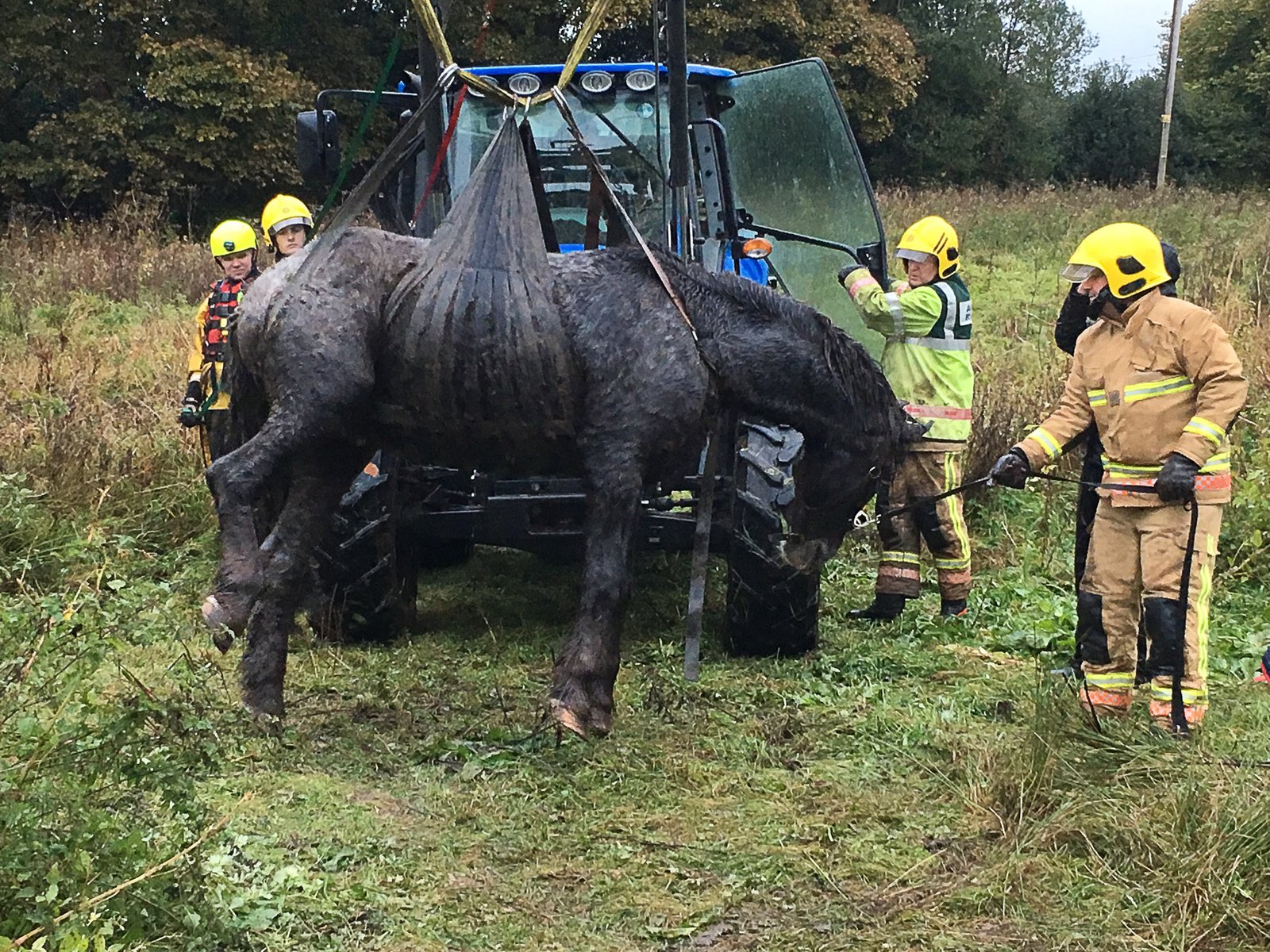
Modern zoos are often called upon to respond to emergencies—oil spills, natural disasters, or illegal wildlife trade. Their expert staff and advanced facilities make them a safe haven for injured or confiscated animals. For example, sea turtles affected by oil spills are frequently treated in zoo hospitals before being released back into the ocean. Many zoos partner with rescue organizations to provide lifelong care for animals that cannot return to the wild. Each rescue story is a testament to the compassion and skill of the people working behind the scenes. Their efforts give countless animals a second chance at life.
Education: Inspiring the Next Generation
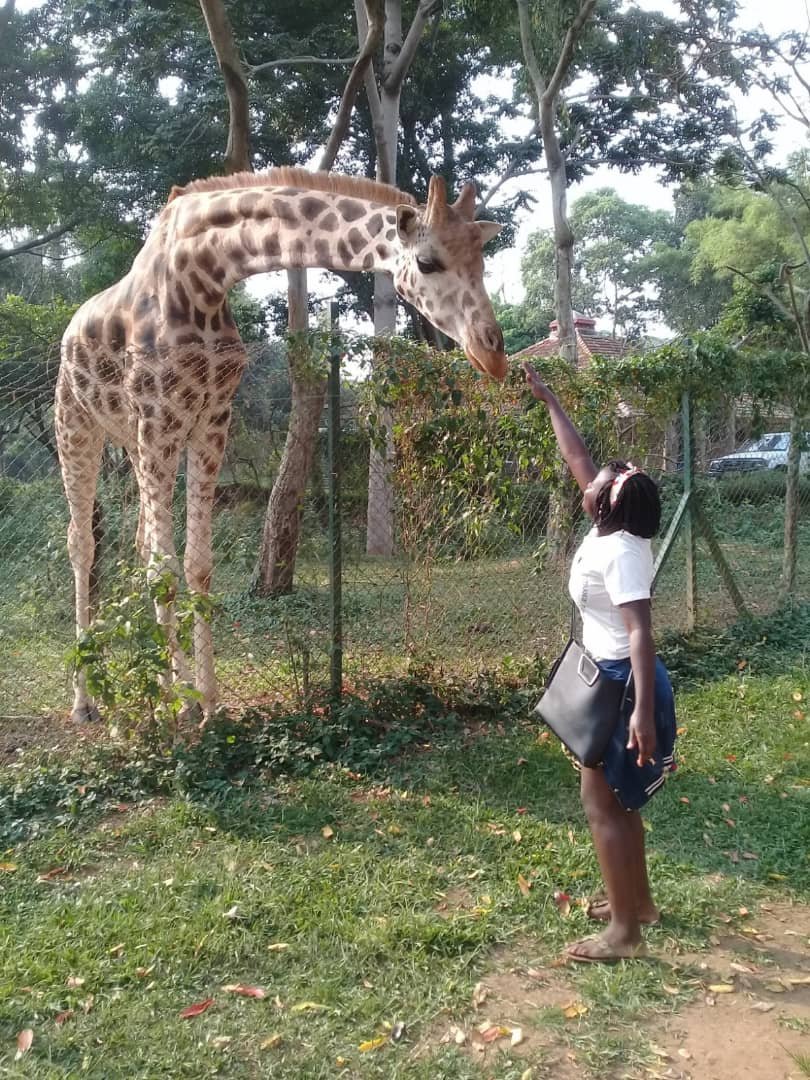
Conservation is not just about animals—it’s about people, too. Zoos have transformed into powerful centers for environmental education, reaching millions of visitors each year. Interactive exhibits, keeper talks, and educational programs teach children and adults about the importance of biodiversity and the urgent need to protect our planet. By seeing animals up close, people develop empathy and a sense of responsibility. Many visitors leave with a new understanding of the delicate balance of nature and the role they can play in conservation. The seeds of change are planted with every curious question and wide-eyed gaze.
Scientific Research: Unlocking Nature’s Secrets
Behind the exhibits, zoos are buzzing with scientific discovery. Veterinarians and biologists study animal health, nutrition, and behavior, gathering data that can be used to improve wild populations. For example, research on elephant social dynamics in zoos has helped inform strategies to protect wild herds from stress and disease. Zoos also participate in groundbreaking studies on reproduction, genetics, and disease prevention. By sharing their findings with scientists worldwide, zoos help advance our understanding of wildlife and develop better conservation strategies. The knowledge gained in captivity often translates into direct benefits for animals in the wild.
Habitat Preservation: Extending Conservation Beyond the Gates
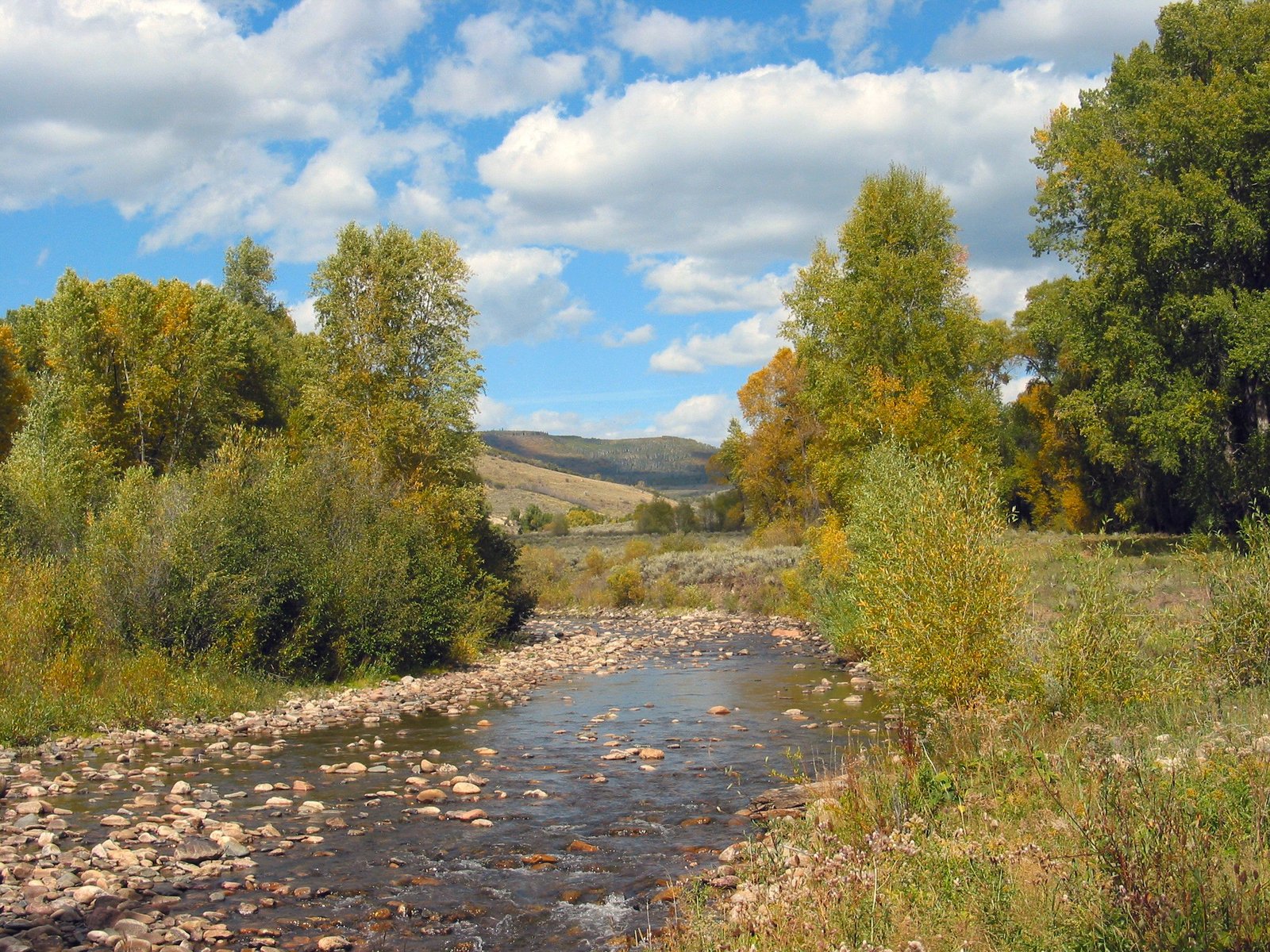
The impact of zoos doesn’t end at their borders. Many institutions fund and support conservation projects in distant forests, savannas, and oceans, working with local communities to protect vital habitats. For example, zoo-sponsored programs in Madagascar help safeguard lemur habitats from deforestation. These efforts often include reforestation, anti-poaching patrols, and sustainable agriculture initiatives. By investing in ecosystem health, zoos ensure that there are safe places for animals to thrive after reintroduction. Their support extends hope far beyond the confines of enclosures, touching landscapes and lives around the globe.
Combatting Illegal Wildlife Trade: Standing Up for the Voiceless
Illegal wildlife trafficking is a multi-billion-dollar industry that threatens countless species. Zoos have taken a stand, raising awareness and supporting enforcement efforts. Some zoos act as sanctuaries for confiscated animals, providing care and shelter while authorities investigate. Educational campaigns teach visitors about the dangers of buying exotic pets or products made from endangered species. By working with law enforcement and conservation networks, zoos help disrupt the cycle of exploitation. Their advocacy gives a voice to animals who cannot speak for themselves.
Community Engagement: Building Conservation Champions

Conservation is most effective when local communities are involved. Zoos reach out to neighborhoods, schools, and even rural villages to share knowledge and resources. Workshops, citizen science projects, and volunteer opportunities invite people to participate in wildlife protection firsthand. Some zoos empower indigenous groups with tools for sustainable development, blending traditional wisdom with modern science. These partnerships foster pride, stewardship, and a sense of belonging. When people feel connected to wildlife, they are more likely to become lifelong advocates for conservation.
Animal Welfare: Redefining Care and Enrichment
Today’s zoos no longer settle for basic enclosures—they strive to offer environments that stimulate animals’ minds and bodies. Enrichment activities, such as puzzle feeders and new scents, encourage natural behaviors and reduce stress. Veterinary care is more advanced than ever, with dedicated teams monitoring health and well-being around the clock. The focus on welfare reflects a deep respect for each animal as an individual. Ensuring that animals thrive, not just survive, is central to the modern zoo ethos. Happy, healthy animals are better ambassadors for their species and more likely to breed successfully.
Global Collaboration: Uniting for a Common Cause
No zoo acts alone. Conservation has become a global effort, with zoos sharing expertise, animals, and resources across continents. International breeding programs, coordinated by organizations like the World Association of Zoos and Aquariums, help match animals for genetic diversity. Joint research projects and emergency responses benefit from shared knowledge and rapid communication. These alliances amplify the impact of every institution, creating a safety net for species facing uncertain futures. The spirit of collaboration proves that when it comes to saving wildlife, we are stronger together.
Embracing Technology: A New Frontier for Conservation
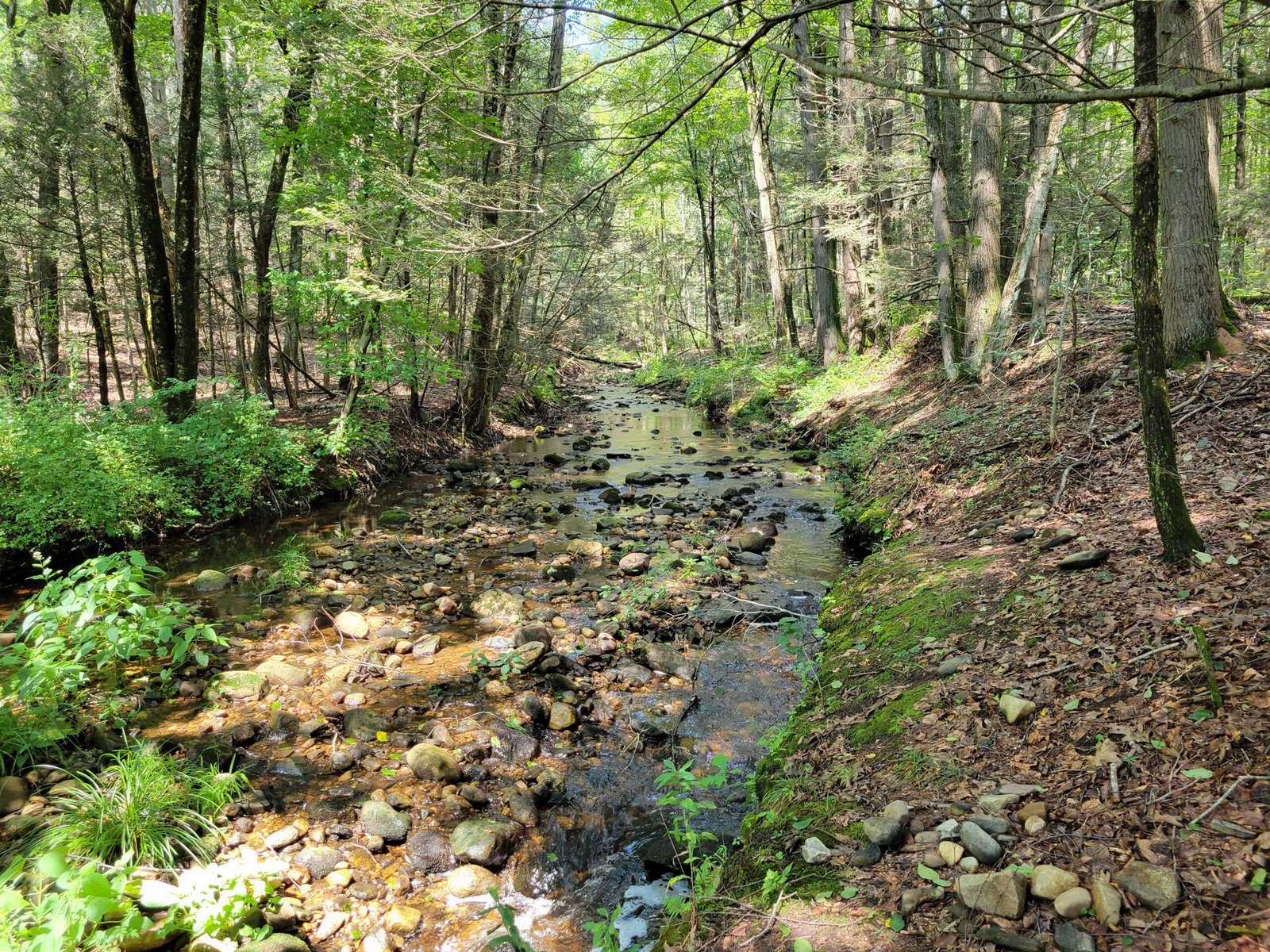
The future of zoo-based conservation is being shaped by cutting-edge technology. From remote monitoring collars and DNA sequencing to virtual reality education, zoos are harnessing innovation to protect wildlife. Drones help track reintroduced animals, while artificial intelligence analyzes population data to predict risks. Technology allows zoos to reach new audiences, making conservation accessible to people around the world. These advancements not only improve animal care but also open new possibilities for research and outreach. Embracing the digital age, zoos continue to evolve in their quest to safeguard Earth’s biodiversity.
Zoos have transformed into sanctuaries of hope, innovation, and compassion, weaving a safety net for species in peril and lighting the path for future generations. The next time you visit a zoo, look beyond the cages—you might just glimpse the extraordinary efforts that are quietly changing the fate of our planet’s wildest inhabitants.


